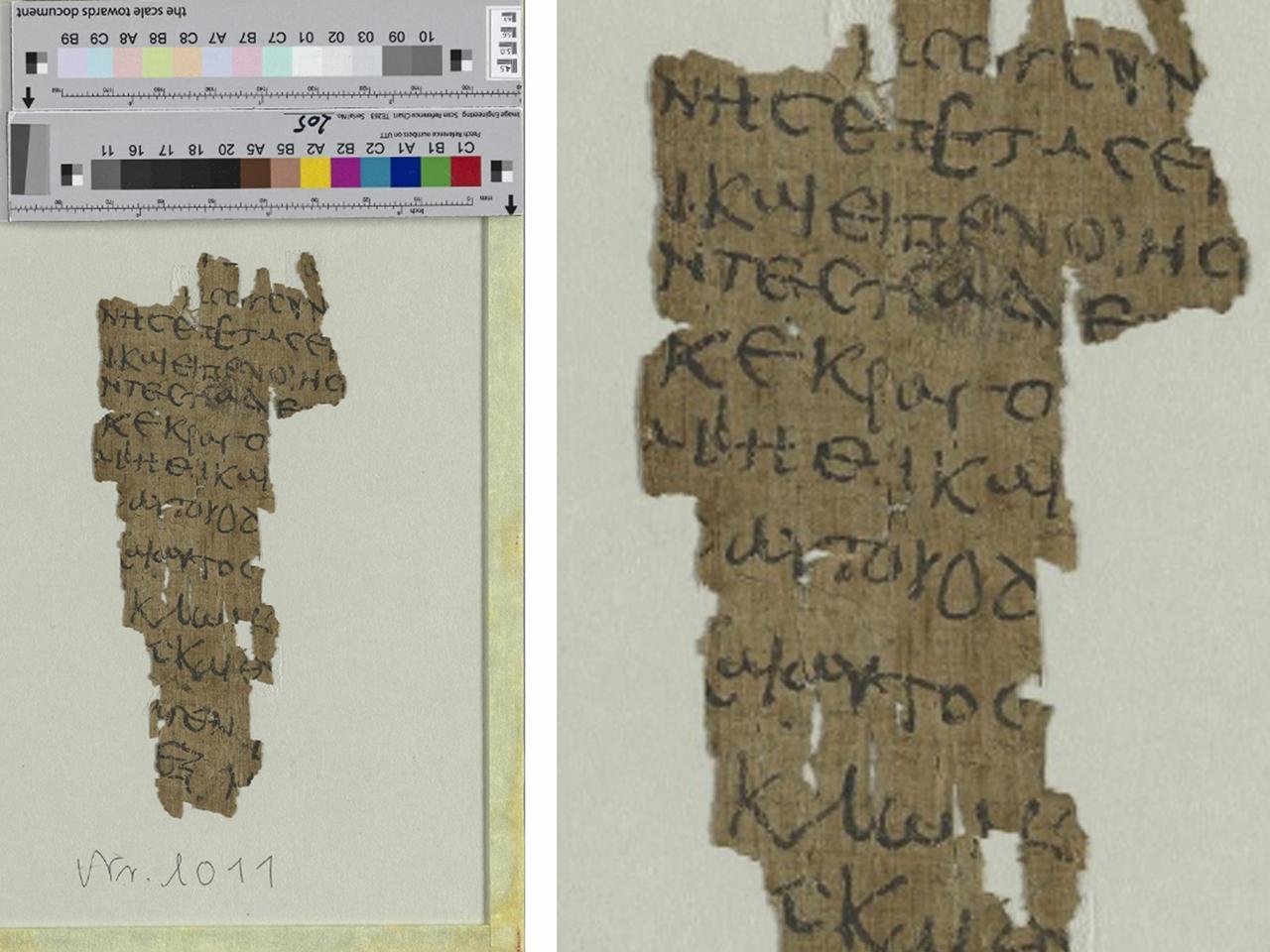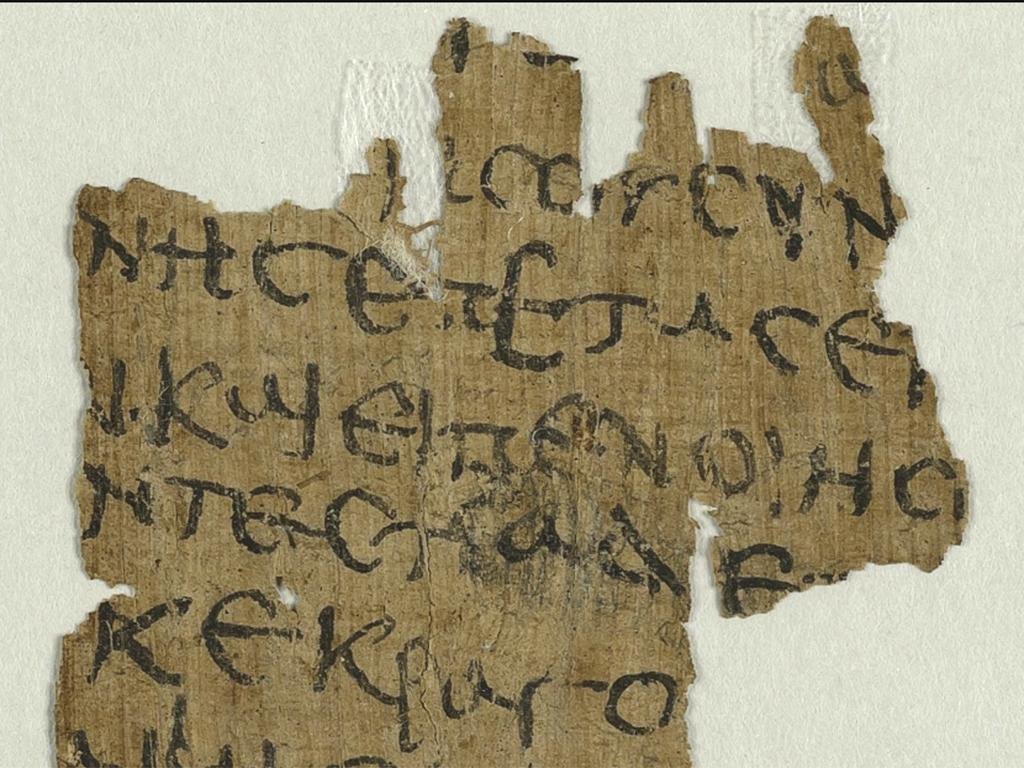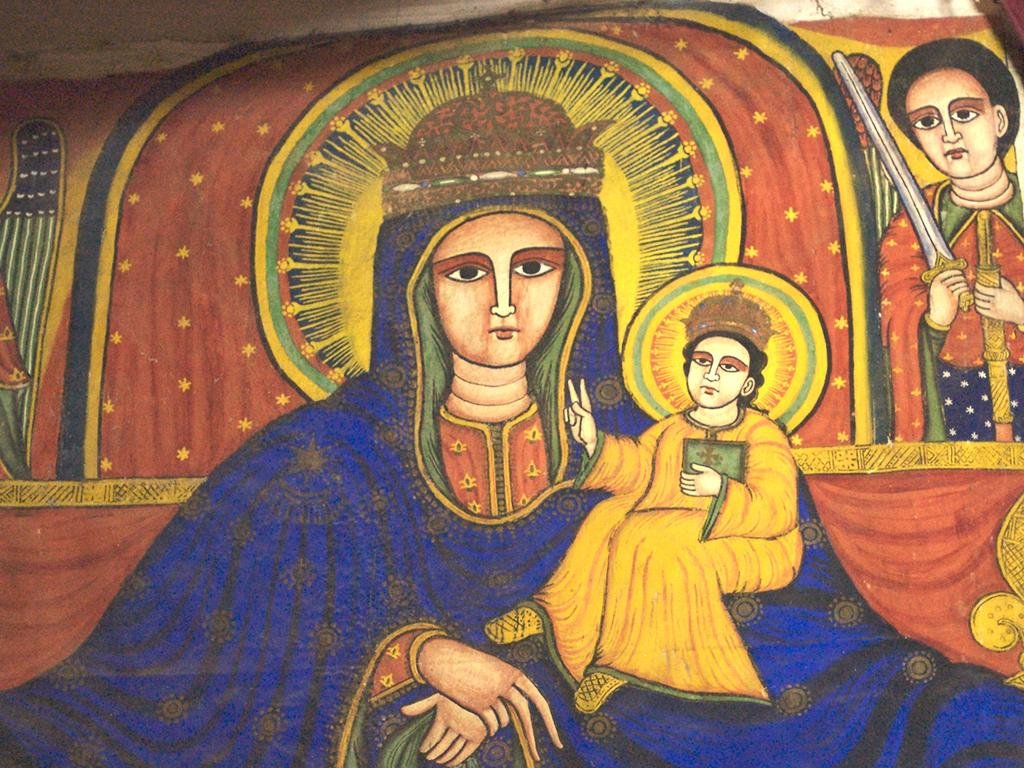An ancient manuscript fragment, long unnoticed in the Carl von Ossietzky State and University Library in Hamburg, Germany, has been identified as the earliest surviving copy of the Infancy Gospel of Thomas (IGT), dating back to the fourth or fifth century. This discovery marks a significant milestone in the study of early Christian texts.
 The 4th to 5th-century papyrus fragment, housed in a library in Hamburg, Germany. Credit: Staats- und Universitätsbibliothek Hamburg/Public Domain Mark 1.0
The 4th to 5th-century papyrus fragment, housed in a library in Hamburg, Germany. Credit: Staats- und Universitätsbibliothek Hamburg/Public Domain Mark 1.0
The papyrus fragment, inventory number P.Hamb.Graec. 1011, had remained overlooked for decades, thought to be an everyday document due to its clumsy handwriting and irregular lines. However, a team of researchers, Dr. Lajos Berkes from the Insтιтute for Christianity and Antiquity at Humboldt-Universität zu Berlin, and Prof. Gabriel Nocchi Macedo from the University of Liège, Belgium, deciphered the text and identified it as a portion of the IGT, an early Christian writing that details episodes from the childhood of Jesus.
“The fragment is of extraordinary interest for research,” said Dr. Berkes. “On the one hand, because we were able to date it to the fourth to the fifth century, making it the earliest known copy. On the other hand, because we were able to gain new insights into the transmission of the text.”
The IGT, like other apocryphal gospels, is not included in the biblical canon by the major Christian denominations but was popular and widespread in antiquity and the medieval period. These writings, often of uncertain origin, provide additional narratives about the life of Jesus, which were circulated among early Christian communities. Prior to this discovery, the oldest known Greek version of the IGT was an 11th-century codex. The original text is believed to have been written in the second century.
 Detail of the papyrus fragment. Credit: Staats- und Universitätsbibliothek Hamburg/Public Domain Mark 1.0
Detail of the papyrus fragment. Credit: Staats- und Universitätsbibliothek Hamburg/Public Domain Mark 1.0
The papyrus fragment measures approximately 11 by 5 centimeters and contains 13 lines of Greek text, each line featuring around 10 letters. It originates from Egypt, where it likely served as part of a writing exercise in a school or monastery, as suggested by its crude handwriting and irregular lines. This practice was common in antiquity, where scribes and students would copy texts to improve their writing skills.
Berkes and Macedo first identified the fragment as significant when they noticed the word “Jesus” in the text. “We first noticed the word Jesus in the text,” Berkes explained. “Then, by comparing it with numerous other digitized papyri, we deciphered it letter by letter and quickly realized that it could not be an everyday document.” Further analysis revealed other key terms, such as “crowing” and “branch,” which matched pᴀssages from known IGT manuscripts.
The text on the fragment describes the beginning of the “vivification of the sparrows” episode, an account of Jesus performing a miracle as a child. In this narrative, the young Jesus molds twelve sparrows from clay and brings them to life, a story considered the “second miracle” in the IGT. According to the text, when Jesus’ father Joseph rebukes him for creating the sparrows on the Sabbath, Jesus claps his hands, and the clay figures come to life and fly away.
 Wall painting of the Virgin Mary and Jesus in the old Church of St. Mary of Zion, Axum, Ethiopia. Credit: A. Davey via Flickr
Wall painting of the Virgin Mary and Jesus in the old Church of St. Mary of Zion, Axum, Ethiopia. Credit: A. Davey via Flickr
This discovery supports the current scholarly consensus that the IGT was originally composed in Greek. “Our findings on this late antique Greek copy of the work confirm the current ᴀssessment that the Infancy Gospel according to Thomas was originally written in Greek,” stated Prof. Macedo.
The fact that the IGT was being copied and used in educational contexts in Egypt during the fourth to fifth centuries highlights the widespread nature of these apocryphal stories and their role in the religious and cultural life of early Christian communities.
The study’s findings were published in the journal Zeitschrift für Papyrologie und Epigraphik.





